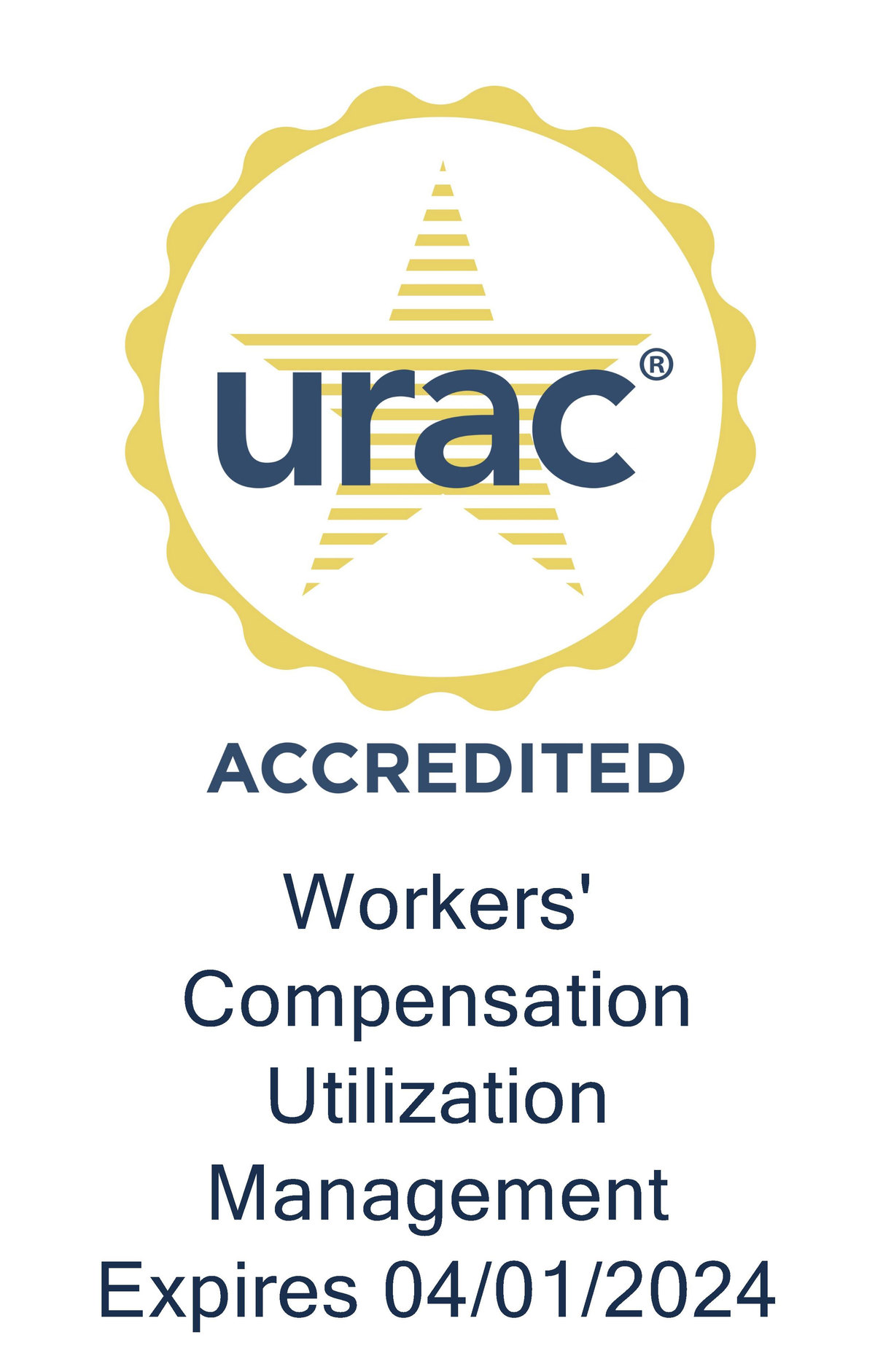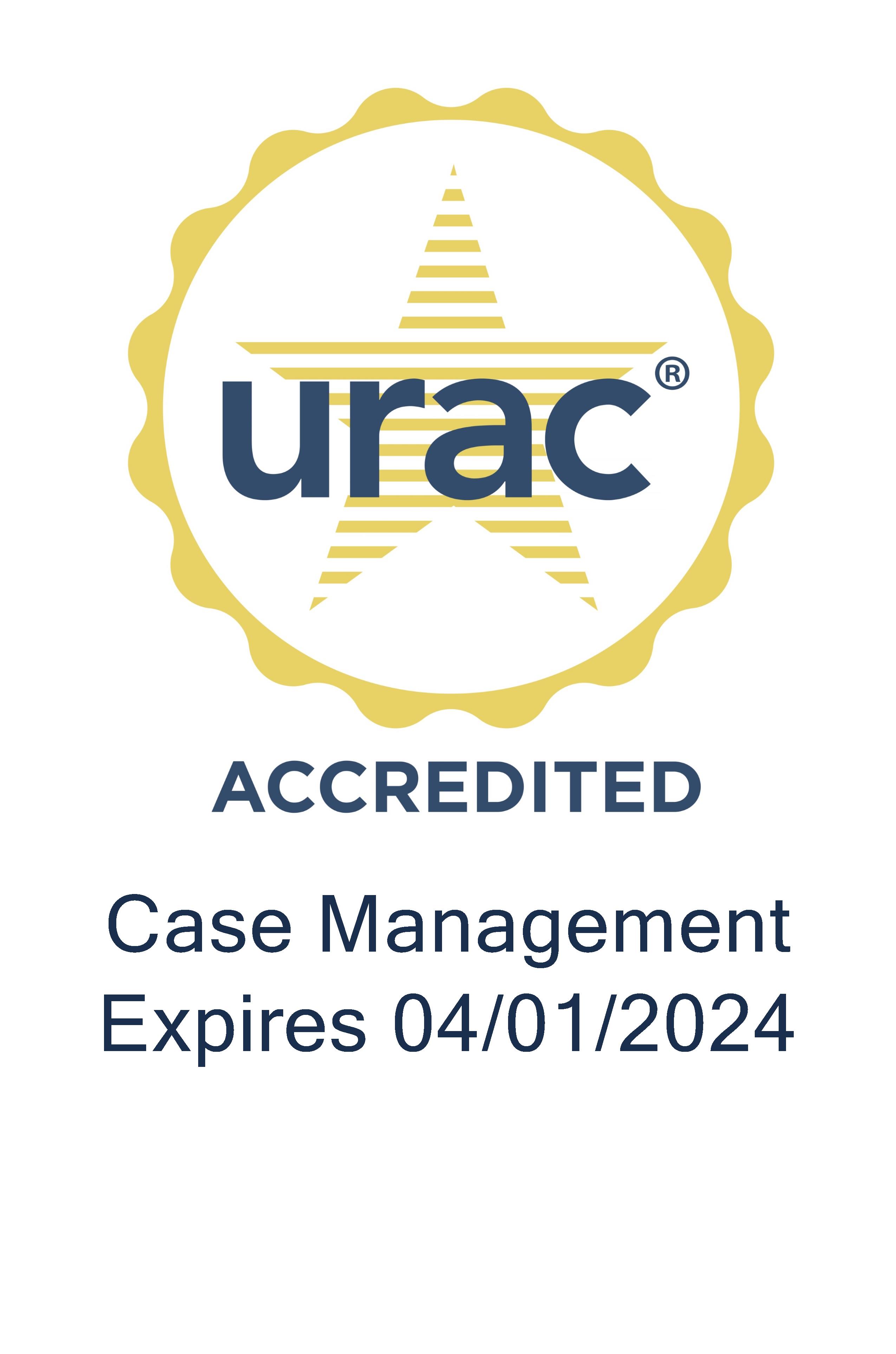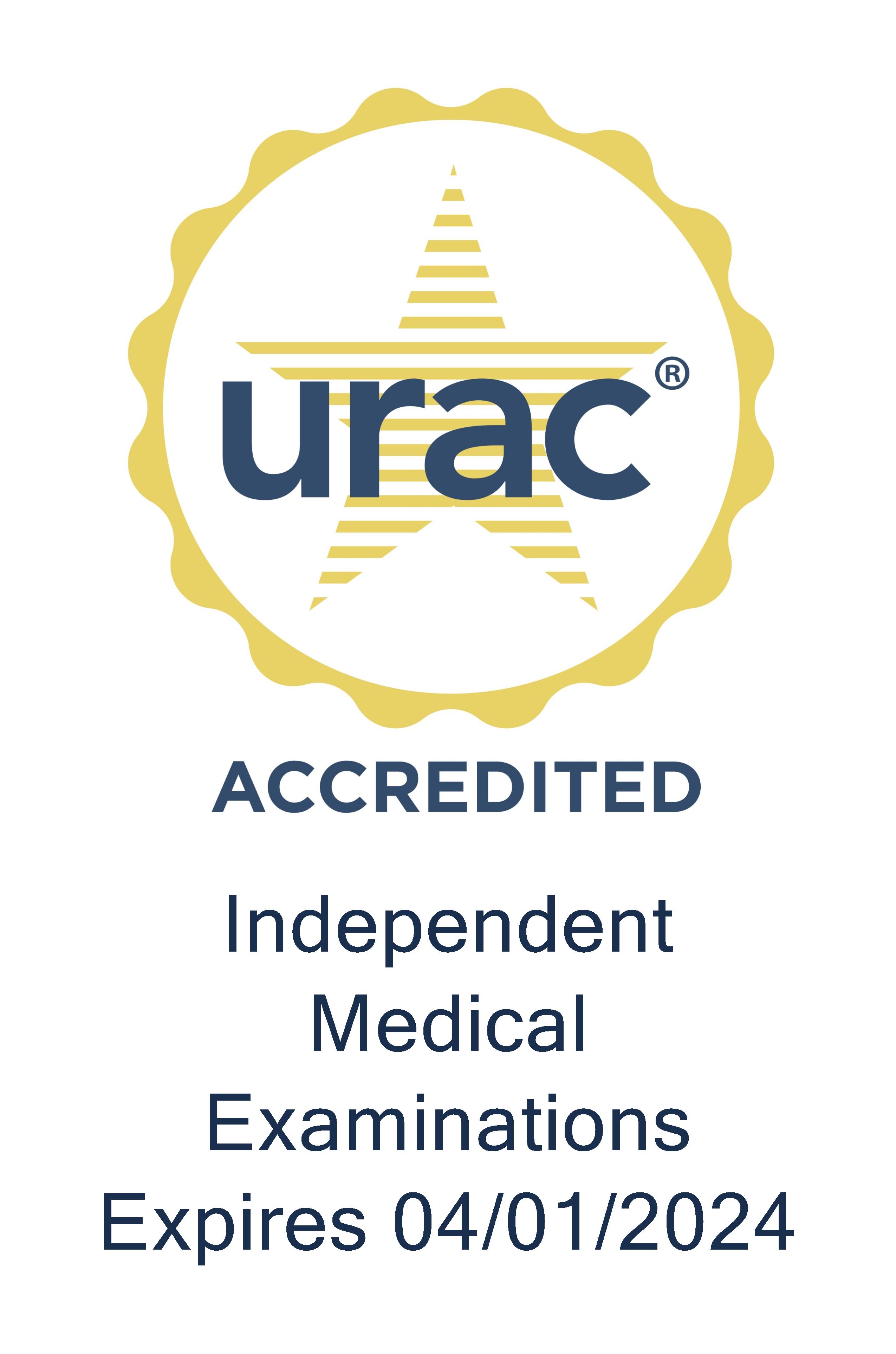In today’s world, payers need complete transparency into their IME program, from big picture to claims-level data. But how do you make that information easily digestible and current so it provides a true comprehensive view into IME program data? For Jim Harris, vice president of data and analytics, and his team at Genex, the answer was creating a dashboard which provides real-time metrics to help organizations manage costs and outcomes. Jim joins us today to talk about it.
Tom Kerr (TK): Jim, welcome to the podcast.
Jim Harris (JH): Thank you, Tom.
TK: So, Jim. Why did you create a dashboard platform for IME?
JH: Well, the IME dashboard is kind of the latest in our suite of dashboard products that we've put together for our customers. And, the intent was really simple: we wanted to be able to put the data back into our customers' hands and give them a tool that would help them look at how the program is performing. We wanted to give them trending information on how it's performing year over year, how it’s performing against expectations, and also, giving us and them an opportunity to identify outliers that are driving their costs.
So, just like we have with our bill review, case management and UR products, the IME dashboard is just the latest version of this dashboard format to help customers see what's going on with their programs.
TK: How did you go about creating the dashboard?
It was a group effort to do this. As we've gone through each product, we've worked with people in operations, we've worked with people in our account management group that are dealing with the customers and issues every day. And then, we also had a small sample user group, that provided us with insights into what was important to the customers and what they wanted to see.
So, this dashboard is definitely a customer‑facing tool that is designed to help the customer. So, in designing it, we wanted to make sure it was not necessarily meaningful to us within Genex, but more so meaningful to the people that would actually use it.
TK: And what challenges did you face in creating it?
JH: Well, I think IME has kind of a reputation of being more of a transactional‑type product. You send in an IME, we set that up. The IME happens, we get the report and we send it back to the customer. But, we realized in going through this that there are a lot more complexities to it. You're dealing with issues like no-shows and cancellations by the injured workers. You have key metrics like are the IME physicians addressing the issues that the adjusters have on the cases?
So, I think for us, the biggest challenge was getting our arms around all the different idiosyncrasies of this product and making sure that we had really meaningful results to show for it.
TK: How does a dashboard help those involved in an IME?
JH: Well, I think our program is really unique in looking at trending information, performance against service-level agreements and outlier identification. So, those are the things that we have built into this. We have information that can show trending on how volume or types of IMEs are compared to previous timeframes.
So, we actually have visuals built into this that will show previous year activity versus current year. And so, you can use that for trending information. You can look at the types of IMEs that are being sent over. So, looking at specialties, looking at peer review versus a pure IME, we give you looks into the jurisdictions, any type of hierarchy of reporting that the customers want to see. We’re able to build that in there for them.
TK: What type of components should be in an IME dashboard to help those involved better understand the data?
JH: Key things like no‑shows and cancellations are really important to the customers. Those end up driving up the costs of their programs. So, having insight into how often a cancellation or no‑show is happening are really important metrics that we have in here.
Getting details is also a key piece of this. These dashboard tools allow you to drill down deeply into the claims themselves to see why something is being delayed or what's preventing the IME from being completed.
And then another key piece that we've built into this dashboard is a view into the actual providers themselves. So, you can see information about the actual doctors that are performing the IMEs. You can see information about the volume that is going to them. What is their turnaround time? What is their percentages and no‑shows, etc.? And costs associated with those docs as well. So, it gives you a good insight on which doctors you would want to use going forward in your IME program.
TK: And what are some other unique features of your IME dashboard?
JH: Another unique feature that we have on our dashboards is the ability to slice and drill down into the data. So, these dashboards are very interactive. You can click on a particular state or region and the dashboards are going to reset, specifically to the filters that you're choosing.
So, we're able to do lots of things like lines of insurance. If we want to look at only workers' comp, IMEs or maybe auto IMEs, you're able to drill down into that. You can also look at things like specialties. If I only want to look at my orthopedic IMEs, it really gives you the power to take your data and easily manipulate it to look at the results and hopefully answer those questions that you have on the program.
And, I would say one other unique feature is what I call the "near real time" piece of this. So, our dashboards are updated every night with the day's activity so that you're able to keep abreast of current information on where everything stands.
TK: With current coronavirus restrictions across the U.S., is the dashboard easily accessible for users if they’re not in their regular work setting?
JH: It is. And really, one of the nicer things about this tool is that it is available to users 24/7 through a secure, password-protected portal that users can access anywhere. So that when a user has a question, no matter what time of day it is, they can easily go online into the portal and access the information and answer the questions that they’re trying to find.
TK: How have clients responded to the IME dashboard?
JH: Well, I tell you, they've really been excited and blown away. The feedback we've been getting is that they've never seen anything like this or had access to their data like this before, both in a visual way and just in an easy way to manipulate the data.
One of the other features that has really resonated with them is the view into their open inventory on our open dashboard piece. What that shows is really all the cases that remain open and what their statuses are. So, you can see things like how long a case has been open or how certain claims offices are performing. Really lots of different areas that you can look at the data.
When I talked about identifying outliers, this is a great way to see those cases that maybe have been open a long time. And you can start developing some claims strategies on how to handle a situation moving forward, such as if the patient hasn't shown up for two or more IMEs. You're able to see that information and narrow the list down of those cases you need to look at.
TK: Thanks, Jim. And we’ll be back in a couple weeks with a new Inside Workers’ Comp. Until then, stay safe and thanks for listening.
Want to take the IME dashboard for a spin? Contact your Genex account manager to set up a demo.






